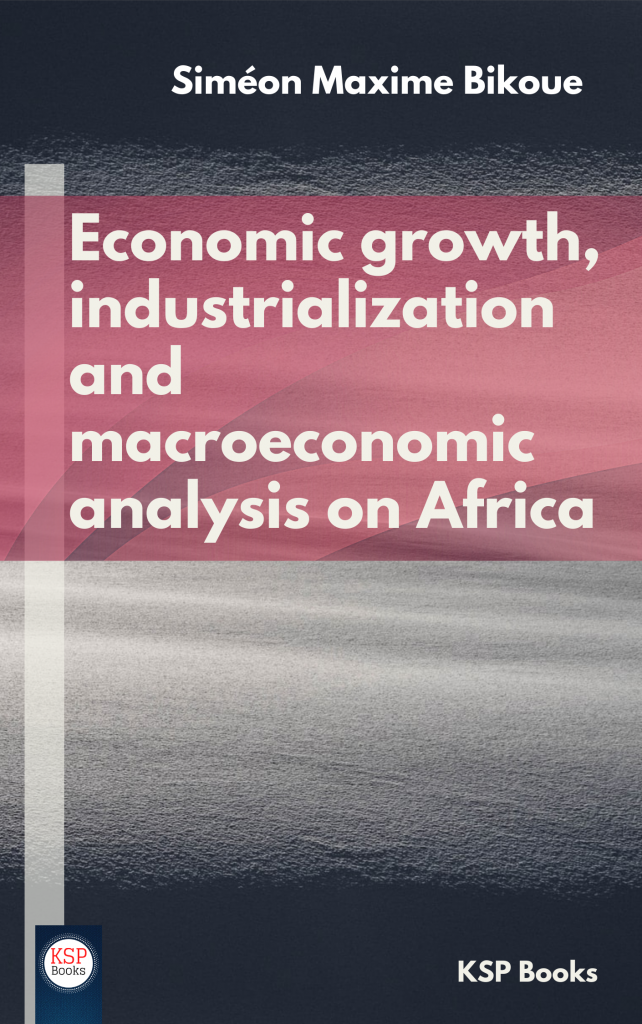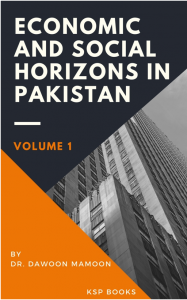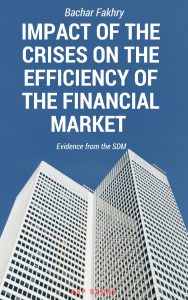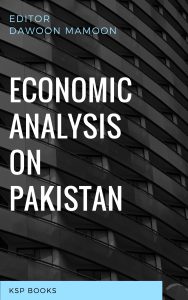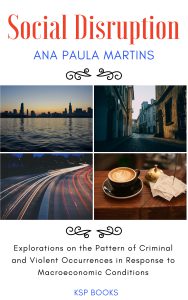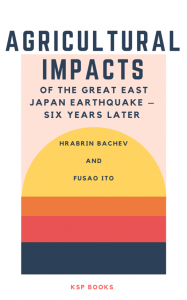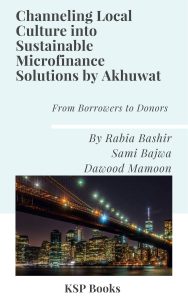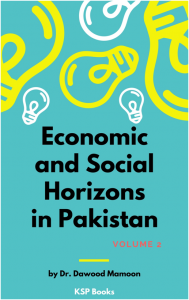Synopsis
This chapter (I) aims to study the impact of remittances from African migrants on their home countries’ growth and development. These funds constitute a steadily increasing financing means in all these countries, even though development aid is still the preferred financing method. To highlight the role of these funds, we relied on a number of experiences as far as their targets and uses are concerned. Globally speaking, stylized facts based on case studies show that remittances have a positive impact on migrants’ home countries’ economies. In particular, they reduce household poverty and thereby increase their well-being. In addition, they stimulate local economic activity and growth. Given the role and stability of these funds, cost reduction is essential to encourage migrants to send more money through official transfer channels. It is also necessary to increase the managerial efficiency of these funds by orienting them towards implementing profitable projects, rather than devoting them entirely to household consumption. Lastly, it is necessary to encourage the capture of related financial flows by the traditional banking system and microfinance institutions
This chapter (II) showed that industrialisation by substitution of imports has been a failure in Africa and has made industries in this part of the world less competitive on the foreign market. As such, a different industrialisation strategy which in the context of globalisation of economies and the fierce competition of the international market reinforces the competitiveness of African countries. This new strategy was translated amongst others by the appropriation of new technologies, protection of infant industries, cloning of manufactured products imported out of Africa, regional integration and the culture of exporting manufactured products.
This chapter (III) examines the different strategies required for the sustainability of sub-Sahara Africa’s external debt by applying the Simonsen criterion and the conditions of the Harrod-Domar debt and growth model. We then suggest that for debt to be sustainable the financial ratios have to be respected. So the effective servicing of the external debt in Sub-Saharan Africa requires that the expenses incurred in reducing poverty should be known. If the difference between the net returns and the expenses incurred in fighting against poverty is negative this reduces the burden of the debt. Finally, we recommend that Sub-Saharan African countries should use a combination of strategies based on sustainable development, financial resources of the government, and regulatory and institutional norms to manage their debts sustainably.
The aim of this chapter (IV) is to try to explain governance failures in Sub-Saharan Africa and to identify reforms which can lead to good governance. The failures are mainly due to institutions that do not work properly, corruption, and lack of real democracy. Governance reforms can be both institutional and political. The political reforms should promote and reinforce democratic practices. Institutions should guarantee the rule of law and limit the elite’s economic and political power.
The purpose of this chapter (V) is to revisit the basic model of labour supply taking into account the existence of corruption in public administrations in developing countries. The worker-consumer programme modified by the integration of bribery shows that at equilibrium, the optimal solution leads to a Marginal Rate of Substitution of leisure consumption equal to the real contractual wage rate plus the actual bribe rate. Because of the latter, the reserve wage is no longer an essential determinant for participating in the labour market. Corruption seems to amplify the substitution and income effects.
The purpose of this chapter (VI) is to find out what the impact of external shocks on the Cameroon’scocoa exports is and how this country reacts in order to promote its exports. We used the Bela Balassa methodology revisited by Carthy, Neary & Zanalda (1994) to solve the problem. The major result is that the price effect has been unfavourable from 1983 to 1990. However, during the same period the world demand of cocoa was favourable. Unfortunately, the rigidity of the cocoa supply structures did not allow the producers to take advantage of that favourable conjuncture.
Contents
About the Author
ISBN
978-625-7813-53-2
Date of Publication
December 15, 2020
File Size: 2797 KB
Length: xiv + 139 pages
This work is licensed under a Creative Commons Attribution 4.0 International License.
